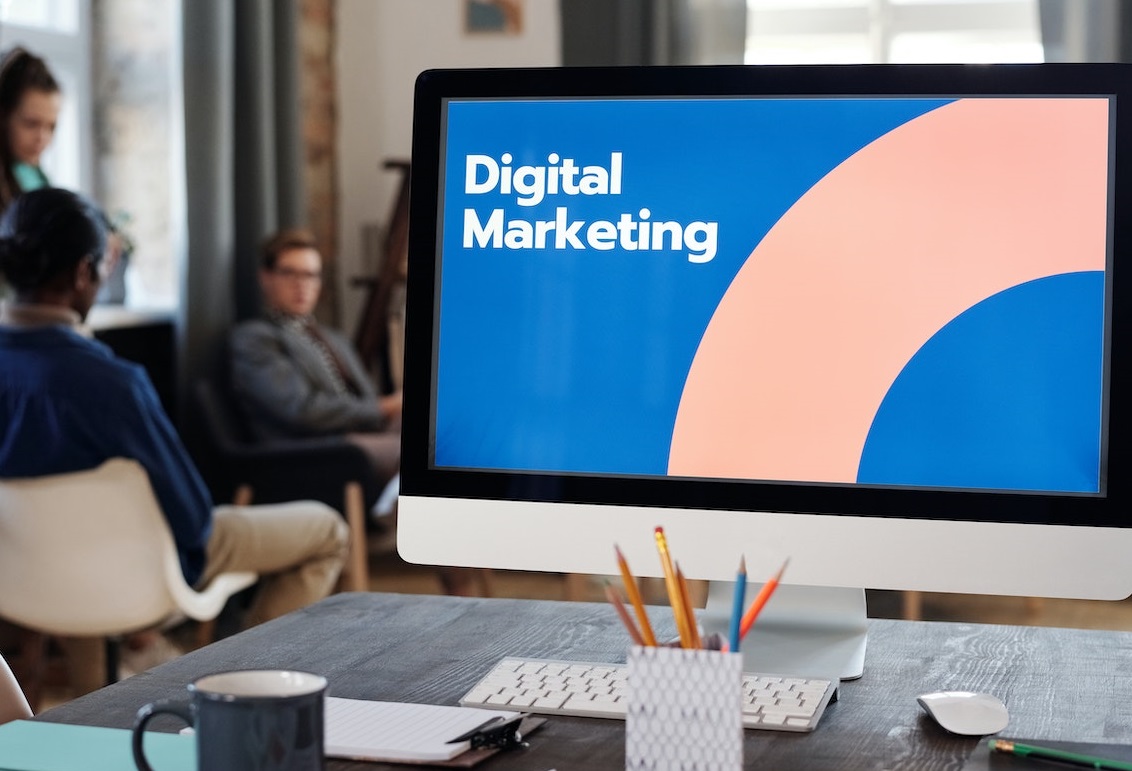Social Media Optimization (SMO) is the practice of using social media platforms to promote a product, service, or brand. In this comprehensive analysis, we will explore the top advantages and disadvantages of SMO.
Advantages of SMO:
- Increased Brand Awareness: One of the primary advantages of SMO is increased brand awareness. By utilizing social media platforms, businesses can reach a wider audience and raise brand awareness. Social media also provides businesses with a platform to showcase their brand personality and engage with their followers.
- Cost-Effective Marketing: SMO is a cost-effective marketing strategy compared to traditional marketing methods. Many social media platforms allow businesses to promote their content for little to no cost, making it an affordable way to reach a large audience. Additionally, SMO can be use to target specific audiences, increasing the effectiveness of the marketing campaign.
- Improved Customer Engagement: Social media provides businesses with a platform to engage with their customers directly. This allows businesses to build relationships with their customers and gain valuable insights into their preferences, opinions, and feedback. This information can be use to improve products, services, and customer experiences.
- Increased Website Traffic: Social media can drive traffic to a business’s website. By promoting website content on social media platforms, businesses can reach a wider audience and drive traffic to their website. Additionally, social media platforms can be use to optimize website content for search engines, increasing its visibility to potential customers.
- Real-Time Customer Feedback: Social media allows businesses to receive real-time feedback from their customers. This feedback can be used to improve products, services, and customer experiences. Additionally, social media can be use to address customer concerns and complaints in real-time, improving customer satisfaction.
- Increased Sales and Revenue: By increasing brand awareness, improving customer engagement, and driving website traffic, SMO can lead to increased sales and revenue for businesses. Social media platforms can also be use to promote sales, discounts, and other promotional offers, further increasing sales and revenue.
- Competitive Advantage: SMO can provide businesses with a competitive advantage over their competitors. By utilizing social media platforms effectively, businesses can reach a wider audience, engage with customers, and improve their online presence. This can help businesses stand out from their competitors and attract new customers.
Disadvantages of SMO:
- Time-Consuming: SMO can be a time-consuming process. Businesses must create and manage social media profiles, post content regularly, engage with customers, and monitor feedback. This can be a significant investment of time and resources for businesses.
- Requires Expertise: SMO requires a certain level of expertise. Businesses must understand how to effectively utilize social media platforms, create engaging content, and monitor feedback. This can be challenging for businesses that lack the expertise or resources to manage their social media presence effectively.
- Negative Feedback: Social media can be use by customers to voice negative feedback about a product, service, or brand. This negative feedback can damage a business’s reputation and lead to decreased sales and revenue. Additionally, negative feedback can be difficult to manage and respond to in a timely and effective manner.
- Cyberbullying and Trolling: Social media platforms can be used by individuals to engage in cyberbullying and trolling. This can be damaging to a business’s reputation and can lead to decreased customer engagement and sales. Additionally, managing cyberbullying and trolling can be challenging for businesses.
- Limited Control: Social media platforms are owned and operated by third-party companies. This means that businesses have limited control over the platform and its algorithms. Changes to the platform can affect a business’s visibility, engagement, and reach.
- Risk of Hacking and Security Breaches: Social media platforms can be a target for hackers and cybercriminals. A security breach can lead to a loss of customer data, damage to a business’s reputation, and financial losses. Businesses must take steps to protect their social media accounts and customer data from cyber threats.
- Fragmented Audience: Social media platforms have a fragmented audience. This means that businesses must create and manage multiple social media profiles to reach different audiences. This can be challenging for businesses that lack the resources or expertise to manage multiple social media profiles effectively.
Conclusion:
SMO can provide businesses with many advantages, including increased brand awareness, cost-effective marketing, improved customer engagement, increased website traffic, real-time customer feedback, increased sales and revenue, and a competitive advantage. However, it also has its disadvantages, including being time-consuming, requiring expertise, negative feedback, cyberbullying and trolling, limited control, a risk of hacking and security breaches, and a fragmented audience.
Ultimately, whether SMO is a good fit for a business will depend on their goals, resources, and target audience. While SMO may not be the best solution for every business, it can be a powerful tool for those who are willing to invest the time and resources to make it work.
As the field of SMO continues to evolve, businesses will need to stay on top of the latest trends and technologies to stay ahead of the competition. By doing so, they can take advantage of the many benefits that SMO has to offer while minimizing its drawbacks.


